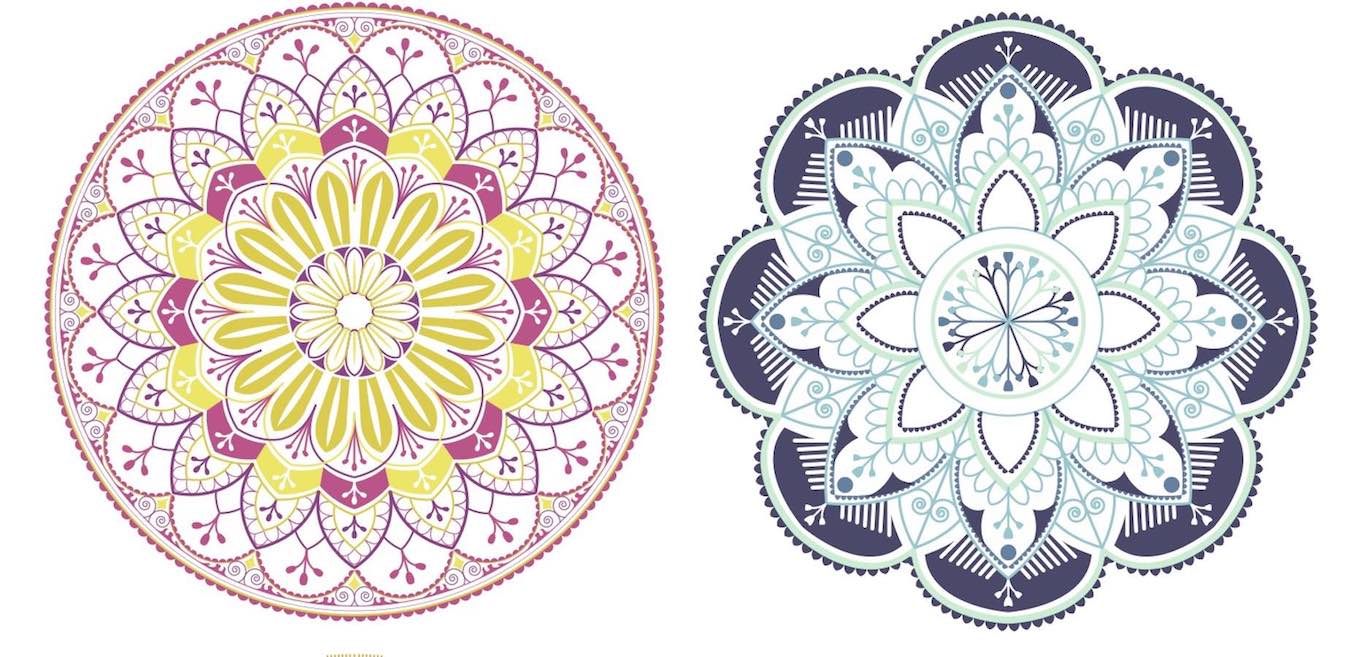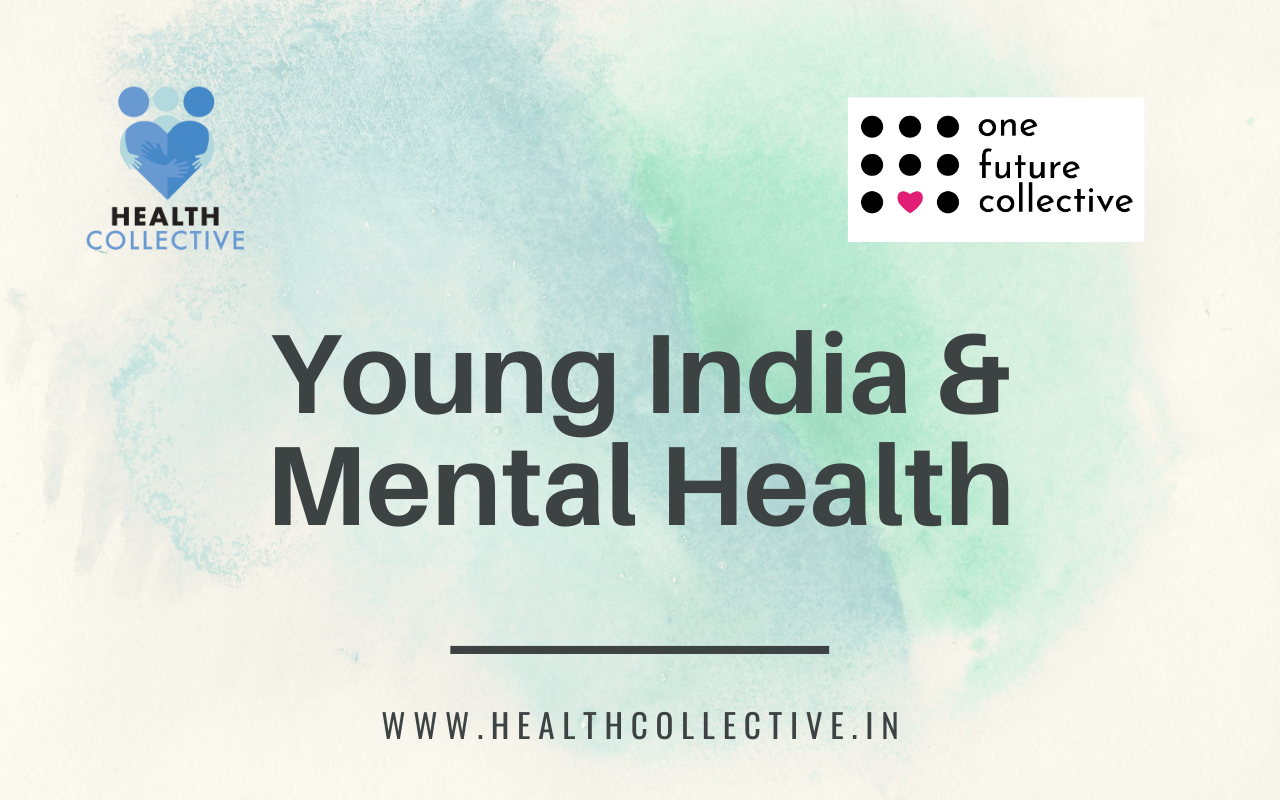Mind-Body Connection: Taking a ‘Hands-on’ Approach to Mental Well-being
Can the hand-brain connection explain the increasing popularity of art forms like Zentangle and Mandala?
By Somi Das
A pervasive state of anxiety and discomfort had gripped Nidhi Shah, 40, when lockdown was imposed in March 2020. A graphic designer by profession, this working mother was used to being busy. Suddenly the children were home, and on the professional front everything was dormant.
Without any structure to her day, and plenty of time on hand, she would often find herself obsessively ruminating about the future – “When will things get back to normal?” Luckily for her she could return to Nainital, her hometown, in time, and that’s where she found solace, in one of her mother’s favourite past-times.
“Our mothers are always knitting, because it’s relatively cold here throughout the year. Knowing that we are going to be out of active work for a long time, I went back to knitting, something I had picked up from my mother as a child but shunned as a fashion-conscious teenager who felt that hand knit clothes aren’t cool,” the former National Institute of Design alumnus told The Health Collective, “It saved me. Almost immediately my feelings of anxiety went away, I felt more hopeful and positive about the future, even amid uncertainty.”
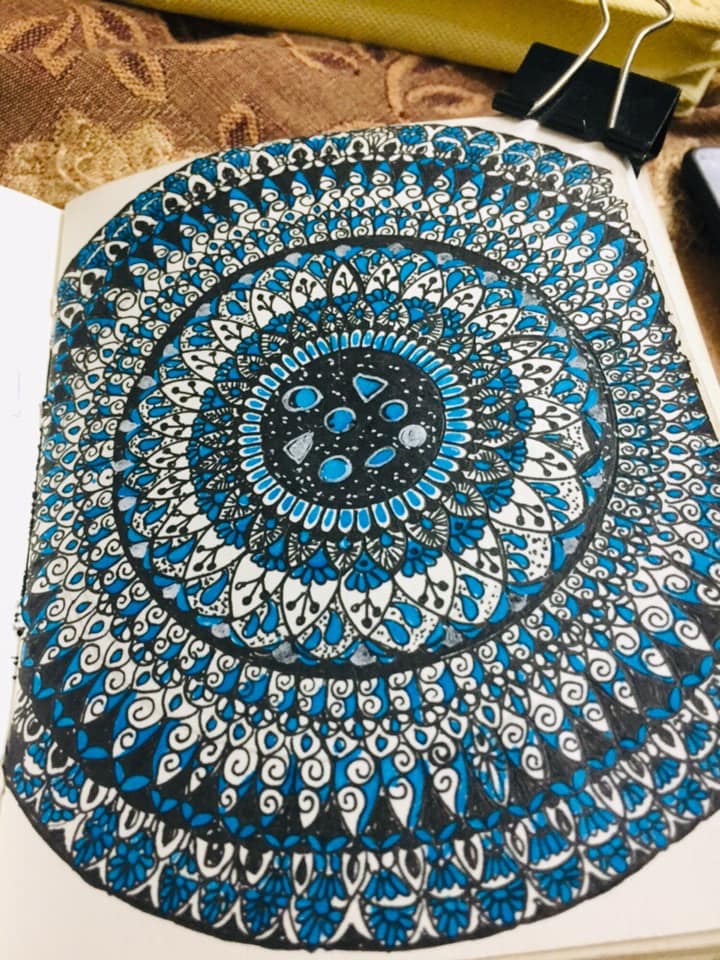
Pooja Thakur, a 30-year-old Delhi-based nutritionist who took to mandala making during the pandemic has a similar story. “I have always been an over-thinker and an anxious person. The pandemic only aggravated my situation. Inspired by a friend, I started practising this art form on a regular basis and experienced calmness, a sharp reduction in the rate of thoughts, and even fewer thoughts that made me feel bad about myself.”
Shriya Mohan, a journalist and a mother who picked up the hobby of refurbishing old furniture during the lockdown experienced a sense of self-reliance and joy when the pandemic gave her the time to observe her own house closely. “It all began when I spotted a perfectly functional coffee table lying around. It was polished too dark and was an eyesore for me. I decided to beautify it instead of replacing it,” she tells The Health Collective, adding that she found some helpful tips online. “The internet helped me discover a whole world of furniture refurbishing, It felt gratifying to be a part of a transformation process, to breathe new life into something so old, to give it character, to show some love to an inanimate object and see what happens.”
In the last year people seem to have taken to what can be called mindfulness art practices like Mandala, Zentangle, pottery, therapeutic knitting as ways to deal with their anxiety and the general sense of uncertainty that the pandemic brought to our lives. Even activities that are not strictly art-forms, like baking and gardening, have seen a surge in popularity among city dwellers for whom working from home has become the new normal. And as we’ve all seen on social, too many millennials who never really liked cooking turned into home chefs, posting videos of how cutting vegetables was helping them stay sane.
Why are so many urban professionals with white-collar jobs and real-life concerns like paying EMIs and the school fee of their kids dirtying their hands with clay, soil, and colours? Why is there a sudden explosion of art workshops? Should you be jumping on the bandwagon? Are there real benefits as amateur bakers and artists are claiming to have experienced, or is this all just a fad that will die down once the daily commute to the workplace is back?
Krupa Jhaveri, a Trauma-Informed Expressive Arts Therapist and Founder of Sankalpa, based in Auroville is of the view that it’s only natural that during stressful times people turn to arts that keeps their hands busy and minds calm. In an email interview, she told The Health Collective, “Anything we do with our hands (off the phone or computer) can help us relax out of triggered states, slow and deepen our breathing, focus, and sometimes enter a state of flow where the anxious mind is less active. When these activities help us feel calmer, we turn to them again and again for these benefits.”
The scientific and mental health literature gives us crucial insights into the hand-brain connection that can explain this sudden “handiness” that normally-lazy urban dwellers are engaging in. An understanding of the neurobiological and cognitive processes underpinning these activities enables targeted use of these easy-to-do regular activities for therapeutic purposes in both clinical and non-clinical settings.
Work More with Your Hands, Build Resilience
In her book Lifting Depression: A Neuroscientist’s Hands‑On Approach to Activating Your Brain’s Healing Power, Kelly Lambert theorises that working hard with hands to achieve a certain goal builds resilience and acts as an antidote to early onset of depression. (Mental resilience can be defined as the ability to bounce back after setbacks.)
Lambert, a professor of behavioural neuroscience at the University of Richmond, identifies the parts of the brain that forms what she calls “effort driven reward system”. Hands have a major role to play in this circuitry. In an email interview to The Health Collective, she says: “Even though the hands are much smaller than our legs, they occupy a lot more brain “real estate,” suggesting that the brain has invested mightily in the movement of our hands. As our ancestors used their hands to gain control over their environment and access to resources, it also probably enhanced emotional resilience as they gained a sense of “self-efficacy.”
Drawing insights from disciplines like evolutionary psychology, neuroscience and anthropology, Lambert makes a forceful case against the overuse of pharmacology to treat mild to moderate depression and professes getting more meaningful and intense hand activity as a better way to manage mood disorders.
“Depression is complicated and I don’t claim to have figured it out, but my research started to suggest that when humans started living more sedentary lifestyles, it may have been less engaging and rewarding for the brain. Perhaps effort-based rewards and movement were the active ingredients in the Prehistoric Prozac that kept our ancestors motivated to keep up the behaviors that were necessary for their survival,” she adds.
Working Hands, Wandering Mind
Neurobiology also identifies another brain circuitry which is activated when we are engaged in low intensity work with hands. This is known as Default Network Mode. When activated, DNM allows for mind wandering, passive thinking, undirected thinking i.e a mental event not arising from an external stimulus.
Now, passive thinking or mind wandering may be dangerous when you are learning to drive. But low intensity work like chopping vegetables, folding clothes, washing dishes, or even doodling leaves you with enough cognitive resources to play with your autobiographical material, take a dip into unconscious content, plan for future and engage in creative problem solving and strengthens meta-awareness (awareness about awareness — a cognitive ability that underpins modalities of therapies like Cognitive Behavioural Therapy, Meta cognitive therapy etc).
‘Handy’ Arts to Anchor you in the Present
Even though letting the mind wander can have inadvertent benefits, it can also take us to unpleasant places and present thoughts that trigger negative emotions. Such undirected thinking can be particularly dangerous for patients of mood disorders who have the tendency to slip into long periods of rumination and negative self-talk.
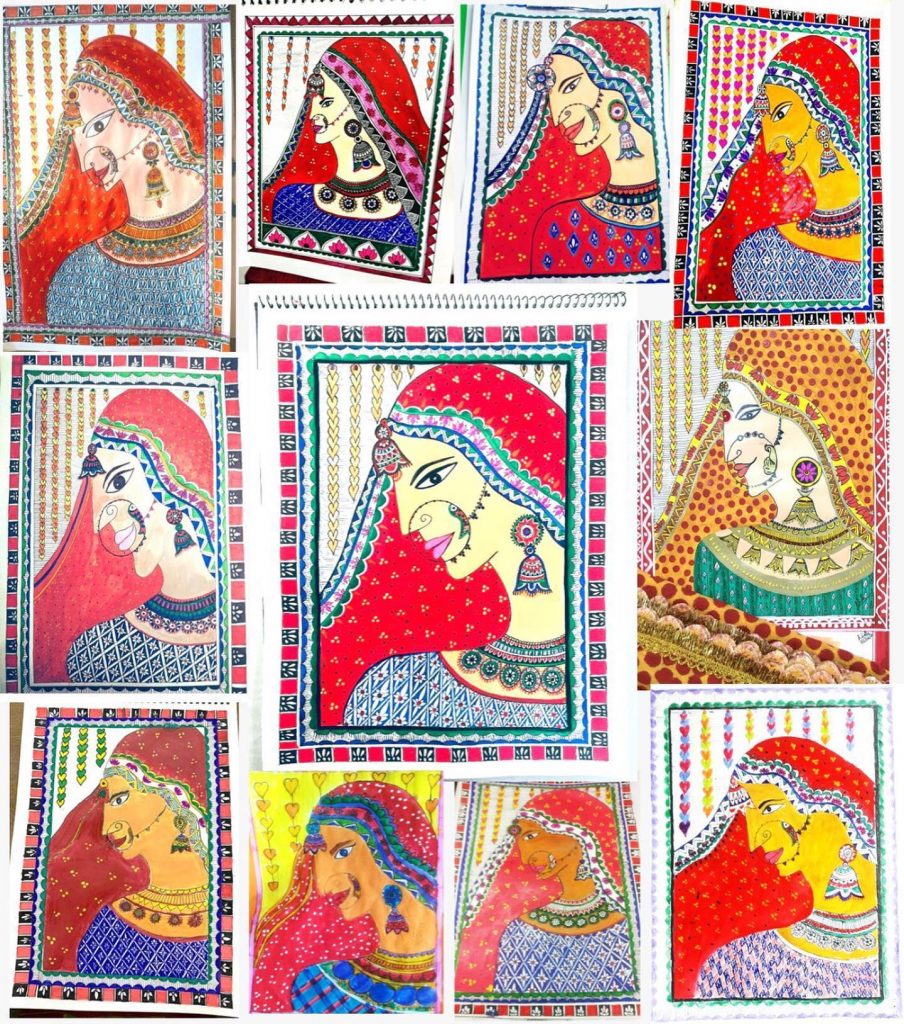
Mindfulness arts account for this aspect of mind-wandering and are designed to help practitioners reap the benefits of passive thinking while staying grounded in the present. Elaborating on this unique quality of mindfulness arts, certified Zentangle trainer Dilip Patel who introduced India to this artform in 2012 tells The Health Collective, “The patterns that are used in Zentangle are simplified forms of common and repeatable patterns we see in nature, on furniture, in textile products. These disparate patterns have no meaning. A Zentangle practioner can use this storehouse of patterns to step by step create his art piece. What prevents the mind from wandering is curiosity, as the artist himself is unaware of the end product. The main rules of Zentangle are — there is no pre-planning, no post judgement and there are no mistakes in this artform. It’s a free flow of patterns that descend on the paper through your hands without the mind controlling it or directing it.”

He distinguishes doodling, which activates the DNM and aids mind wandering from Zentangle. “Doodling and scribbling have their benefits. But they are happening under an unconscious state of mind. You cannot use it at will as a tool to calm yourself, or focus yourself. Zentangle takes from doodling and turns it into a conscious activity.”
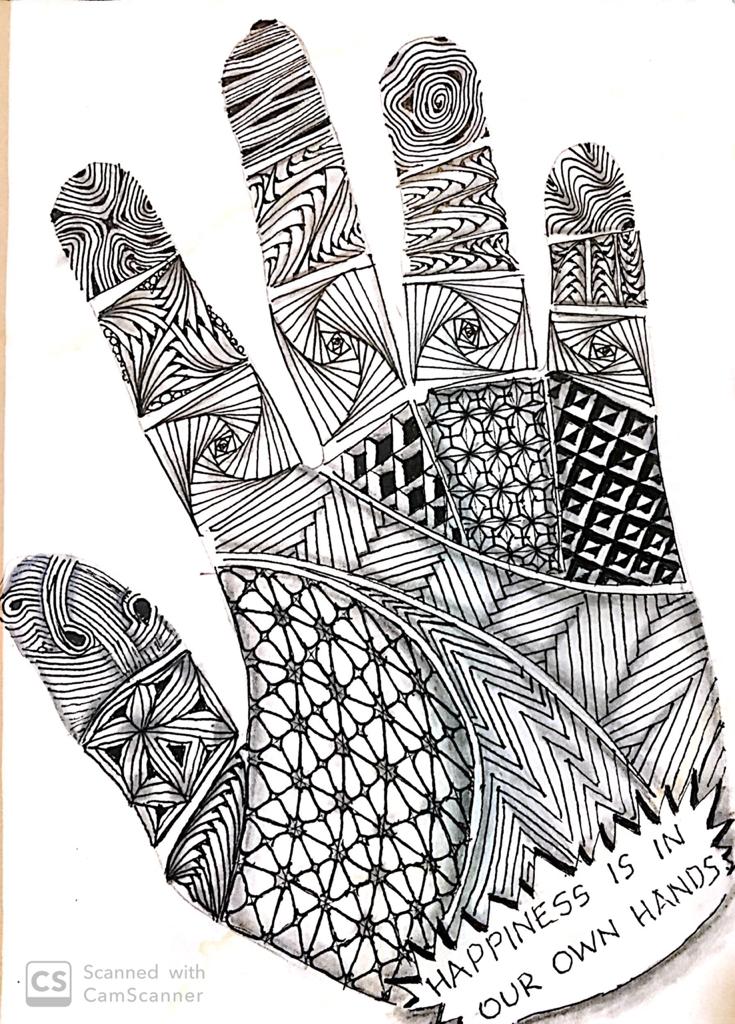
While Zentangle was only invented in 2004 by US-based couple Maria Thomas, a calligraphy artist and Rick Roberts, a former monk, Indian traditional arts and tribal arts like henna, Rangoli, kolam, mandala, Warli, Madhubani have always had this therapeutic quality of inducing calm, a fact that people are only waking up to now. Founder of Delhi Canvas Pallavi Sinha, who has conducted close to 100 art workshops since the lockdown was declared says, “The repeat requests were for Indian traditional arts like Warli, Madhubani and Mandalas because it helped people connect with their roots. At the same time these have simple repetitive patterns which can be learnt by anyone helping the learner reach a meditative state of mind.”
The Healing ‘Touch’ of Art Therapy
The meditative and relaxing quality of the mindfulness artforms can be employed in the therapeutic and clinical settings too to help break ice with the client. Research has shown engaging in creative activity “makes difficult content tolerable” because of the pleasurable sensory interaction with art material like clay, colours, paper. This pleasurable tactile engagement when supported by a safe and relaxing environment created by a trained art therapist over a period of time facilitates the emotional and cognitive processing required for communication and healing to happen in psychotherapy. “When we are nurtured to create within the safe space of a therapeutic relationship (with a professionally trained therapist), there is the possibility to learn new ways to cope with life, to de-stress, to even potentially alleviate symptoms of anxiety, depression or addiction,” says Jhaveri.
Explaining how applying tactile sensations in therapeutic interventions helps the client to open up, pottery teacher and founder of YellowSpider Pottery studio Neha says: “Recently I was dealing with a couple having trouble in their marriage. They were referred to me by a clinical psychologist. The husband had been diagnosed with Borderline Personality Disorder and the wife was finding it difficult to deal with this. Initially, the purpose was to use clay to help them communicate. I would teach them different styles and they had to then re-teach it to each other. As the sessions continued, I started talking to the husband as he was engaged in pinching clay. Over a period of 5-6 months, as he was getting better with pottery, he gradually started opening up. Eventually, we located the root cause of his mental condition in his childhood. He had grown up hearing stories about political turmoil in the place he was born in. I asked them to take a trip back to his home town to allay the fears of being unsafe that he had carried since his childhood. The couple travelled there. They are still together and doing well.”
It is important to note that art can be therapeutic and one can practice it by themselves, but art therapy always takes place under the supervision of a trained mental health professional.
At the same time, it is also important to remember that be it in an art therapy environment or in your private space, you don’t have to be an artist to reap the benefits of these activities. Judgement towards one’s creation is the first hurdle one needs to overcome. Once that’s done, your hands will unleash the artist in you in no time.
About the Author: Somi Das writes on mental health, behavioural sciences, and art & culture. She did her internship for her Master’s Program in Clinical Psychology from West Delhi Psychiatry Centre closely observing in-patients of schizophrenia, drug addiction and mood disorders.
Insta: @the_millennial_pilgrim
Feature Image by Rawpixel

